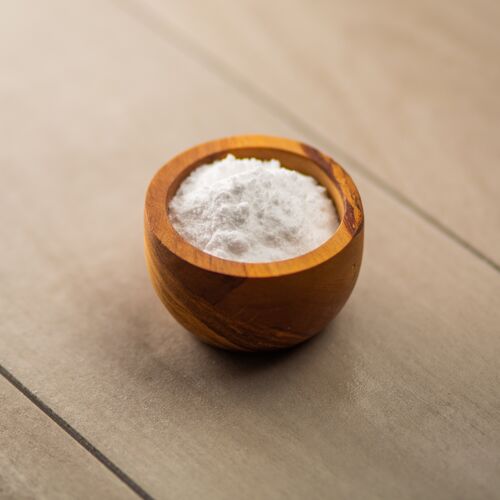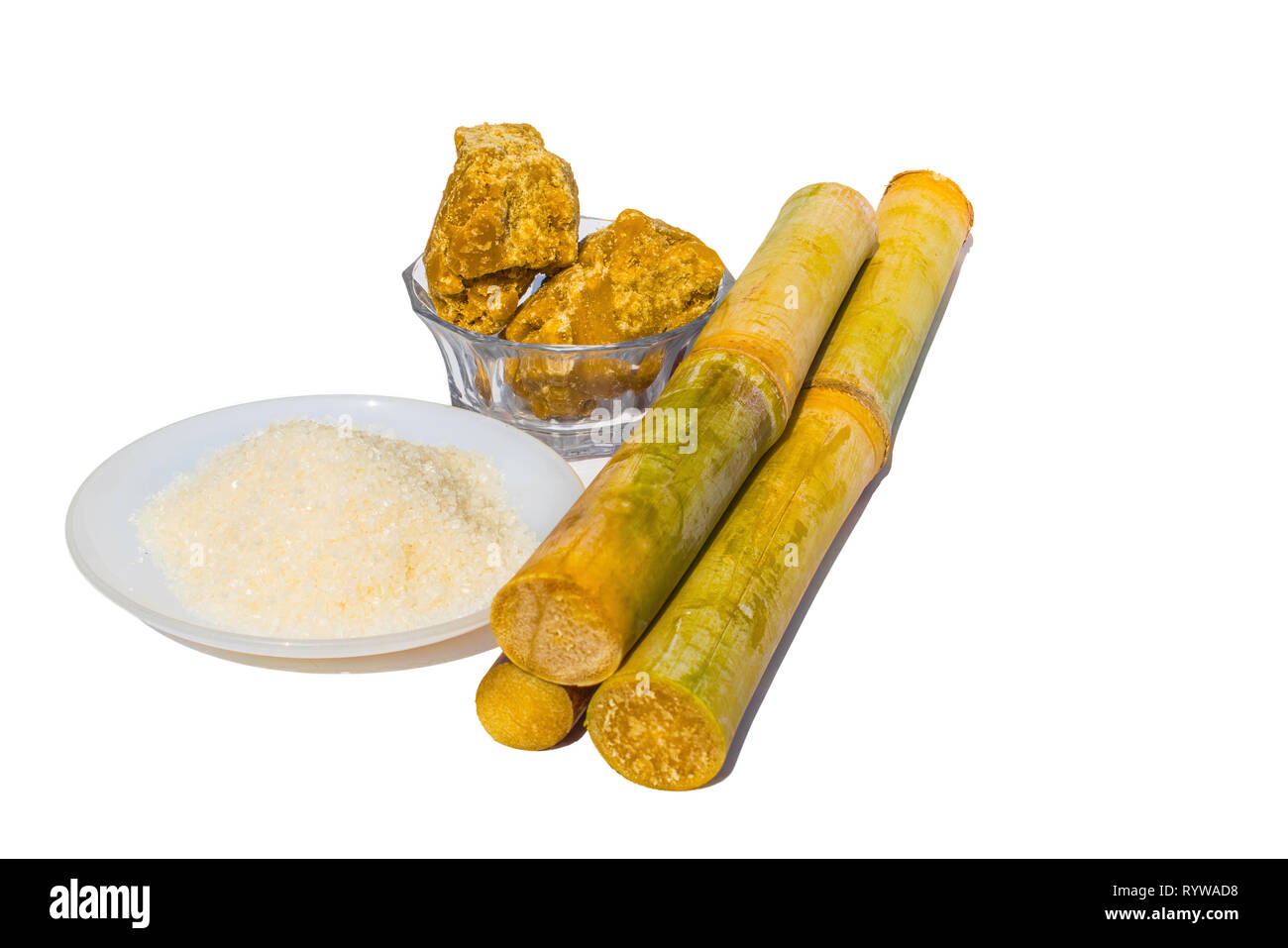Understanding the Production Process of Sugarcane Product for Buyers
Understanding the Production Process of Sugarcane Product for Buyers
Blog Article
The Trip of Sugarcane: From Harvest to Everyday Products
The journey of sugarcane is a diverse procedure that starts with thorough growing and finishes in a range of products that permeate our daily lives. As we check out the various facets of sugarcane's trip, its duty in sustainability and the wider implications for our atmosphere come into sharper emphasis.
Farming of Sugarcane
The farming of sugarcane is an essential agricultural process that requires certain environmental problems and monitoring methods. Optimum development happens in subtropical and tropical regions where temperature levels range between 20 ° C and 32 ° C. Adequate rainfall or watering is vital, as sugarcane prospers in wet dirt with well-drained problems (sugarcane product). Dirt quality significantly affects return; hence, farmers commonly perform dirt examinations to figure out nutrient requirements
Growing commonly takes place in rows, utilizing stem cuttings called setts, which are planted flat. This technique facilitates efficient collecting and makes best use of sunlight direct exposure. Crop rotation and intercropping are recommended techniques to improve soil fertility and decrease pest problems. Farmers use integrated pest monitoring methods to decrease chemical inputs while making certain healthy and balanced plant development.
Fertilization is one more important element, with potassium, phosphorus, and nitrogen being the key nutrients needed for ideal growth. Prompt application of these fertilizers can dramatically enhance sugar yields. Additionally, keeping an eye on for illness and pests throughout the expanding period is vital, as these elements can negatively affect crop health and wellness and productivity. On the whole, successful sugarcane cultivation depends upon a combination of ecological stewardship, tactical planning, and ongoing administration practices.
Harvesting Methods
Effective sugarcane farming finishes in the gathering stage, which is essential for making best use of yield and ensuring top quality. The timing of the harvest is important; sugarcane is commonly harvested when sucrose degrees optimal, typically in between 10 to 18 months after growing. This duration differs based on environment, dirt type, and sugarcane range.
Gathering techniques can be broadly categorized right into guidebook and mechanical methods. Manual harvesting is labor-intensive, depending on skilled workers that make use of machetes to reduce the stalks close to the ground. This technique enables selective harvesting, where just the ripest walking canes are selected, therefore improving total sugar material.
On the other hand, mechanical harvesting has gained popularity because of its efficiency and cost-effectiveness. Specialized harvesters equipped with reducing knives and conveyor systems can process large locations swiftly, considerably lowering labor costs. This approach may lead to the incorporation of immature walking sticks and a possible decrease in sugar high quality.

No matter the approach employed, making certain that collected walking canes are transferred quickly to refining centers is important. Trigger handling minimizes wasting and protects the stability of the sugarcane, setting the stage for optimum processing.
Processing Techniques
Processing sugarcane entails a number of essential actions that transform the harvested stalks right into functional items, largely sugar and molasses. The first phase is cleaning the cane to remove dirt and debris, complied with by the extraction of juice through crushing or milling. This procedure typically uses hefty rollers that damage the walking cane fibers to release the pleasant fluid included within.
As soon as the juice is drawn out, it undergoes clarification, where pollutants such as soil fragments and bagasse are eliminated. This is often attained by adding lime and heating up the juice, permitting sedimentation. The cleared up juice is after that concentrated through evaporation, where water content is minimized, resulting in a thick syrup.

Inevitably, the handling of sugarcane not just generates sugar and molasses but also lays the groundwork for different derivatives, which will be discovered in subsequent discussions.
Products Derived From Sugarcane
Sugarcane is a flexible plant that yields a wide range of products past just sugar and molasses. Amongst the key by-products are ethanol and biofuels, which have actually obtained prominence as eco-friendly energy sources. Ethanol, produced through the fermentation of sugarcane juice, serves as an alternate to nonrenewable fuel sources and is typically mixed with fuel to create cleaner-burning gas, decreasing greenhouse gas exhausts.
Furthermore, sugarcane is a substantial source of bagasse, the coarse residue continuing to be after juice extraction. Bagasse is utilized in numerous applications, including the production of paper, biodegradable product packaging, and check my site as a biomass fuel for energy generation. Its use not just lowers waste yet likewise enhances the sustainability of sugarcane processing.
In addition, sugarcane-derived items include the food market, where it offers as an all-natural flavor agent and sugar in numerous culinary applications. In the realm of cosmetics, sugarcane removes are incorporated into skincare items as a result of their natural exfoliating buildings.
Environmental Influence and Sustainability
The growing and processing of sugarcane have considerable effects for environmental sustainability. This plant requires substantial water resources, often bring about depletion of regional water supplies and influencing surrounding environments. In addition, using fertilizers and pesticides in sugarcane farming can lead to dirt degradation and waterway air pollution, posing dangers to biodiversity.

Sustainable sugarcane farming additionally advertises dirt wellness via crop turning and lowered tillage, enhancing carbon sequestration. The adoption of these practices not only supports ecological honesty yet likewise improves the strength of farming areas against climate change.
Conclusion
In recap, the journey of sugarcane encompasses numerous phases from growing to handling, inevitably resulting in a large range of items. The significance of sugarcane expands past simple sweeteners, adding to renewable resource through ethanol production, lasting packaging via bagasse, and all-natural essences for cosmetics. This complex crop plays a crucial duty in both nutritional enrichment and environmental sustainability, highlighting its value in contemporary farming and industrial practices.
Effective sugarcane cultivation finishes in the gathering phase, which is pivotal for making best use of return and making sure high quality. The timing of the harvest is important; sugarcane is usually collected when sucrose degrees height, usually in between 10 to 18 months after growing.Processing sugarcane includes several essential you can try this out steps that change the harvested stalks into usable items, mostly sugar and molasses.Sugarcane is a flexible plant that yields a large variety of products past just sugar and molasses. Furthermore, the use of fertilizers and chemicals in sugarcane farming can result in dirt degradation and waterway contamination, posturing dangers to biodiversity.
Report this page